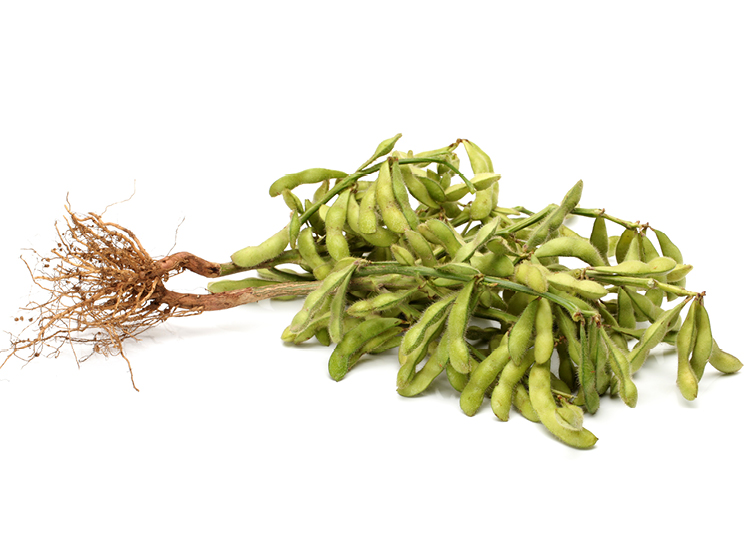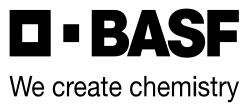Sefina
A lasting barrier that protects against piercing and sucking insects.
- Quickly halts feeding, which reduces production losses and virus transmission
- Extended control of labeled pests
- Powered by Inscalis®, a unique mode of action that controls labeled insect pests that have developed resistance to other insecticides
- Effective tool in an integrated pest management strategy with low impact on beneficial insects, including predatory and parasitic insects
Labels & SDS
7 AVAILABLE
Applicable On

Potatoes

Soybeans
Labels & SDS
Benefits of Sefina
- Sefina is a chordotonal organ TRPV channel modulator
- Sensory neurons send continuous and misleading signals
- Brain can’t detect sound, gravity or body part movement / position
- Rapidly stops feeding. Control via starvation/dehydration – Disorientation
Product Info & Application Guide
Pest Management
Crops |
Staging |
|---|---|
Alfalfa |
Emergence to harvest |
Grasses, non-grass forages and hay |
Emergence to harvest |
Potatoes |
Emergence to harvest |
Soybeans |
Emergence to full maturity |
Pests controlled |
Staging |
|---|---|
In forage, fodder, straw and hay. |
All life stages |
In potatoes. |
All life stages |
In soybeans. |
All life stages |
1 Suppression.
Application Rates
One case of Sefina insecticide will treat 80 acres.
Crop |
Rates2 |
|---|---|
In potatoes. 3,4 |
For green peach aphid and potato aphid control For sweet potato whitefly and silverleaf whitefly |
In soybeans.5 |
For soybean aphid control 81 ml/ac (0.2 L/ha) |
| In forage, fodder, straw and hay.6,7 | For pea aphid control For suppression of blue alfalfa aphid and spotted alfalfa aphid For suppression of potato leaf hopper |
2 Allow a minimum of 7 days between applications.
3 Do not make more than two sequential applications of Sefina insecticide before using an effective insecticide with a different mode of action.
4 Do not apply more than 1 L/ac (2.5 L/ha) per year.
5 Do not apply more than 162 ml/ac (0.4 L/ha) per year.
6 Refer to label for specific crops.
7 Do not apply more than 1.2 L/ha per year. Maximum of 4 applications per year.
Water Volume
Crop |
Rates |
|---|---|
In potatoes and soybeans |
Ground application Aerial application |
Mixing Order
- Fill clean spray tank 1/2 full of clean water and start agitation.
- Add the correct amount of Sefina and continue to agitate until mixed.
- If tank mix is being applied, add the correct amount while continuing agitation.
- Clean the spray tank after use.
Application Tips
Ensure thorough and uniform coverage by using higher water volumes.
Pre-harvest Interval
0 days after application for forage, fodder, straw and hay.
7 days after application for potatoes and soybeans.
Tank Mixes
Contact BASF AgSolutions Customer Care or your BASF Sales Representative for more information on supported tank mixes.
Follow Crops
A plant-back interval of 30 days is required for all crops not on the label.
Resistance Management Recommendations
- Insecticide use should be based on an IPM program that includes scouting and record keeping, and considers pest thresholds, as well as cultural, biological, and other chemical control practices
- Before using an insecticide, correctly identify the pest and monitor population levels in the crop. Only treat if action thresholds (i.e., pest numbers or damage level) are met or if forecasting models expect them to be met
- Where possible, rotate the use of insecticides with different insecticide groups that control the same pests
- DO NOT exceed the total number of applications of insecticide per year
- Use tank mixtures with insecticides from a different group that are effective on the target pest when such use is permitted
- Monitor treated pest populations for resistance development
- If you suspect resistance, contact BASF or your local extension specialist
- For more information on insecticide resistance best management practices, visit https://manageresistancenow.ca/insects/


